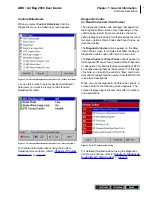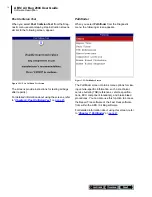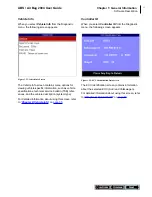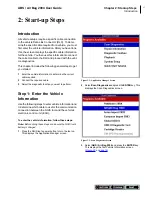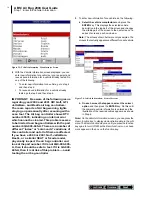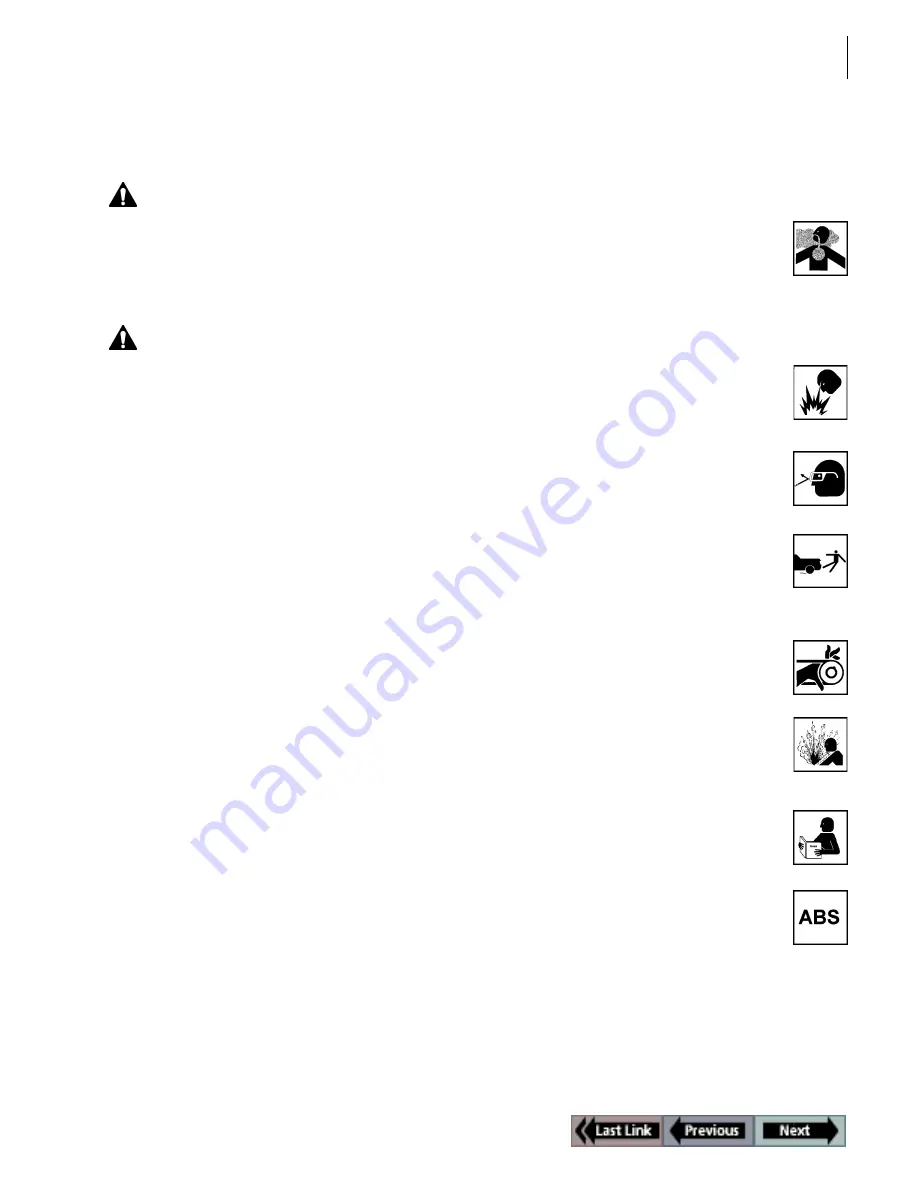
ABS / Air Bag 2004 User Guide
Safety Precautions
Safety Precautions
Danger:
• When an engine is operating, keep the service area WELL VENTILATED or attach a building
exhaust removal system to the engine exhaust system. Engines produce carbon monoxide,
an odorless, poisonous gas that causes slower reaction time and can lead to serious injury
or death.
Warning:
• When working with hydraulic or fuel lines, liquids under pressure may escape and create a
dangerous condition. Never open a bleeder valve or loosen a hydraulic line while the ABS
is pressurized. Use adequate ventilation and make sure there are no sparks or possibility of
sparks present that may ignite any vapor.
• Wear an American National Standards Institute (ANSI) approved eye shield when testing or
repairing vehicles. Objects propelled by whirling engine components or pressurized liquids
escaping may cause personal injury.
• Set the parking brake and block the wheels before testing or repairing a vehicle. It is especially
important to block the wheels on front-wheel drive vehicles because the parking brake does
not hold the drive wheels.
• Do not drive the vehicle and operate the NGIS tool at the same time. Any distractions may
cause an accident. Have one person operate the NGIS tool as another person drives the vehicle.
• Maintain adequate clearance around moving components or belts during testing. Moving
components and belts can catch loose clothing, body parts, or test equipment and cause
serious damage or personal injury.
• Automotive batteries contain sulfuric acid and produce explosive gases that can result in
serious injury. To prevent ignition of gases, keep lighted cigarettes, sparks, flames, and other
ignition sources away from the battery at all times. If you are using the battery as a power
source, connect the RED (+) battery clip to the positive vehicle battery terminal and connect
the BLACK (-) battery clip to a good ground away from the battery.
• Refer to the service manual for the vehicle being serviced and adhere to all diagnostic
procedures and precautions. Failure to do so could result in air bag deployment, personal
injury, or otherwise unneeded air bag system repairs.
• Only use specially designed replacement parts (brake hoses and lines) for ABS-equipped
vehicles.
• After bleeding the brake system, check the brake pedal for excessive travel or a “spongy”
feel. Bleed again if either condition is present.
• When installing transmitting devices (Citizen Band radio, telephone, etc.) on ABS-equipped
vehicles, do not locate the antenna near the ABS control unit or any other control unit.
Summary of Contents for ABS / AIR BAG 2004
Page 1: ...ABS AIR BAG 2004 USER GUIDE...
Page 3: ...ABS AIR BAG 2004 SOFTWARE for the NEXT GENERATION INFORMATION SYSTEM TOOL USER GUIDE...
Page 4: ......
Page 8: ...This page is intentionally blank...
Page 42: ...32 This page is intentionally blank...
Page 70: ...60 This page is intentionally blank...
Page 78: ...68 This page is intentionally blank...
Page 80: ...2005 SPX Corporation All rights reserved 06 14 05 Part Number 531371...



















